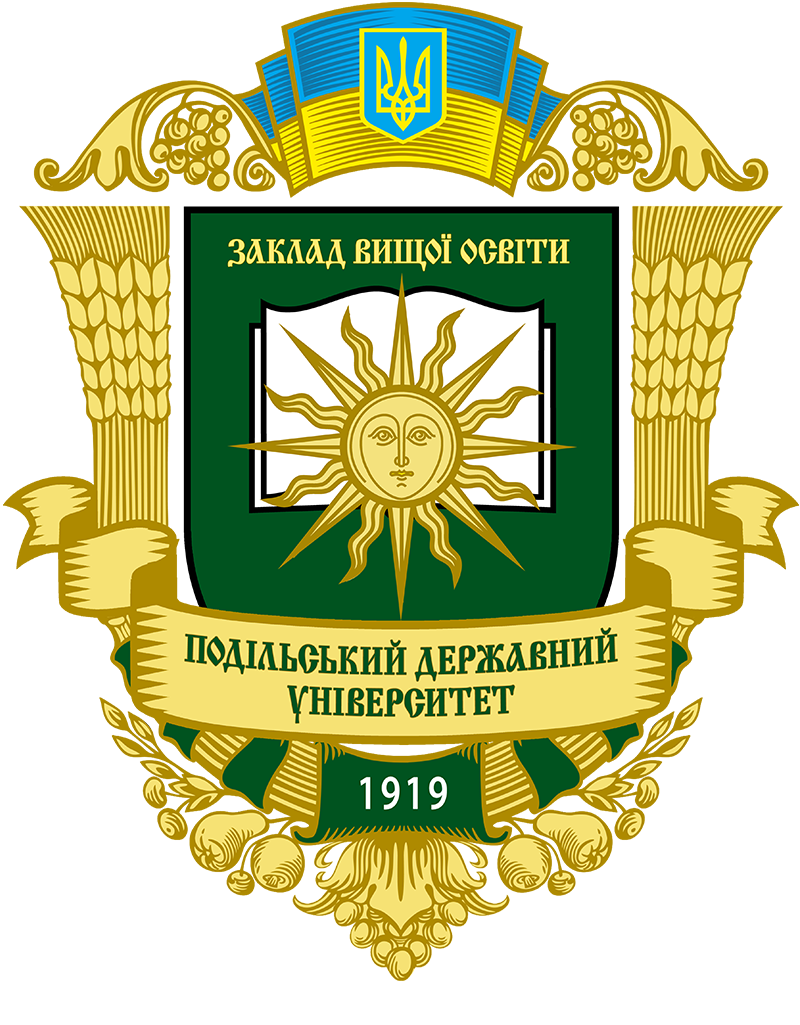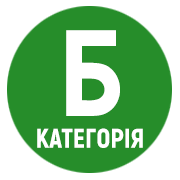EFFICIENCY OF USING HYDROLYZED SOYBEAN MEAL IN FEEDING CATFISH (CLARIAS GARIEPINUS)
DOI:
https://doi.org/10.37406/2706-9052-2023-3.6Keywords:
alternative protein, clary catfish (Clarias gariepinus), amino acid nutrition, fish feeding, body weight, fermented soybean mealAbstract
To increase the efficiency of feed use, aquaculture is moving towards intensification. The main share of costs in industrial fish farming is feed. Their share accounts for about 40–60% of total costs. The production of compound feed involves, first, quality control of raw materials, which plays a decisive role in the safety of food products, as well as effective types of high-quality components that ensure optimal growth of various types of fish that are grown in different conditions. To reduce the cost of feed and aquaculture products, the issue of replacing expensive components of animal origin with cheaper ones of plant origin is urgent. However, this replacement leads to a decrease in the biological value of protein, due to a decrease in the content of essential amino acids, a decrease in protein digestibility, and the availability of amino acids. Therefore, it is important to replace feed with cheaper raw materials without reducing the intensity of growth and the quality of finished aquaculture products. Thus, one of the current challenges of fish farming and the priority of international research is the search for substitutes for fish meal and the use of alternative plant-based high-protein feeds in compound feed formulations. Evaluation of the replacement of fish meal with hydrolyzed soybean meal was carried out based on indicators of growth and feed consumption. The experiment was conducted on 500 individuals of clary catfish (Clarias gariepinus), which were divided into 5 groups, 1 control and 5 experimental, and kept in 5 aquariums of 100 liters each. The level of introduction of hydrolyzed soybean meal was 0, 5, 10, 15 and 20%. The research lasted 28 days (comparison and main period of 14 days each). The introduction of hydrolyzed soybean meal into the compound feed of clary catfish resulted in higher live weight gains in all groups compared to the control counterparts. Deposition of protein in the body did not change. Replacing up to 20% of fishmeal with hydrolyzed soybean meal in compound feed accelerates the growth of clary catfish (Clarias gariepinus).
References
Desempenho e composição dos filés de jundiás (Rhamdia quelen) submetidos a diferentes dietas na fase de recria / R. Lazzari et al. Arquivo Brasileiro de Medicina Veterinária e Zootecnia. 2008. Vol. 60, no. 2. P. 477–484. URL: https://doi.org/10.1590/s0102-09352008000200030.
Dietary inclusion of hydrolyzed soybean and cottonseed meals influence digestion, metabolic enzymes, and growth-related hormones and growth of juvenile turbot (Scophthalmus maximus) / Z. Song et al. Aquaculture International. 2018. Vol. 26, no. 4. P. 1017–1033. URL: https://doi.org/10.1007/s10499-018-0265-z.
Dietary replacement of fish meal by soy products (soybean meal and isolated soy protein) in silvery-black porgy juveniles (Sparidentex hasta) / M. Yaghoubi et al. Aquaculture. 2016. Vol. 464. P. 50–59. URL: https://doi.org/10.1016/j.aquaculture.2016.06.002.
Effect of diets containing different types of sardine waste (Sardinella sp.) protein hydrolysate on the performance and intestinal morphometry of silver catfish juveniles (Rhamdia quelen) / B. Wosniak et al. Latin American Journal of Aquatic Research. 2016. Vol. 44. № 5. P. 957–966. URL: https://doi.org/10.3856/vol44-issue5-fulltext-8.
Effects of fishmeal replacement with soy protein hydrolysates on growth performance, blood biochemistry, gastrointestinal digestion and muscle composition of juvenile starry flounder (Platichthys stellatus) / Z. Song et al. Aquaculture. 2014. Vol. 426–427. P. 96–104. URL: https://doi.org/10.1016/j.aquaculture.2014.01.002.
Effects of Replacement of Fish Meal by Soy Protein Isolate on the Growth, Digestive Enzyme Activity and Serum Biochemical Parameters for Juvenile Amur Sturgeon (Acipenser schrenckii) / Q. Y. Xu et al. Asian-Australasian Journal of Animal Sciences. 2012. Vol. 25. № 11. P. 1588–1594. URL: https://doi.org/10.5713/ajas.2012.12192.
Enzymatic hydrolysis of extruded-expelled soy flour and resulting functional properties / B.P. Lamsal et al. Journal of the American Oil Chemists' Society. 2006. Vol. 83. № 8. P. 731–737. URL: https://doi.org/10.1007/s11746-006-5031-0.
Expanding the utilization of sustainable plant products in aquafeeds: a review / D. M. Gatlin et al. Aquaculture Research. 2007. Vol. 38. № 6. P. 551–579. URL: https://doi.org/10.1111/j.1365-2109.2007.01704.x.
FAO. 2014. The State of World Fisheries and Aquaculture 2014. Rome. 223 pp. URL: https://www.fao.org/fishery/en/publications/66711.
Feed technological and nutritional properties of hydrolyzed wheat gluten when used as a main source of protein in extruded diets for rainbow trout (Oncorhynchus mykiss) / T. Storebakken et al. Aquaculture. 2015. Vol. 448. P. 214–218. URL: https://doi.org/10.1016/j.aquaculture.2015.05.029.
Feeding aquaculture in an era of finite resources / R. L. Naylor et al. Proceedings of the National Academy of Sciences. 2009. Vol. 106. № 36. P. 15103–15110. URL: https://doi.org/10.1073/pnas.0905235106.
Fish meal replacement by soybean meal in diets for Tiger puffer, Takifugu rubripes / S.-J. Lim et al. Aquaculture. 2011. Vol. 313. № 1–4. P. 165–170. URL: https://doi.org/10.1016/j.aquaculture.2011.01.007.
Fish protein hydrolysates: Proximate composition, amino acid composition, antioxidant activities and applications: A review / M. Chalamaiah et al. Food Chemistry. 2012. Vol. 135. № 4. P. 3020–3038. URL: https://doi.org/10.1016/j.foodchem.2012.06.100.
Food and Agriculture Organization. Cultured Aquatic Species Information Programme. Oreochromis niloticus. In J. E. Rakocy (Ed.). Rome: FAO Fisheries and Aquaculture Department. URL: http://www.fao.org/fishery/culturedspecies/Oreochromis_niloticus/en.
Growth performance and carcass composition of African catfish (Clarias gariepinus Burchell, 1822) fed on black soldier fly (Hermetia illucens Linnaeus, 1758) larvae based diets / B.M. General et al. African Journal of Agricultural Research. 2023. Vol. 19. № 3. P. 216–225. URL: https://doi.org/10.5897/ajar2022.16235.
Hydrolysed wheat gluten as part of a diet based on animal and plant proteins supports good growth performance of Asian seabass (Lates calcarifer), without impairing intestinal morphology or microbiota / E. Apper et al. Aquaculture. 2016. Vol. 453. P. 40–48. URL: https://doi.org/10.1016/j.aquaculture.2015.11.018.
Lamsal B.P., Jung S., Johnson L.A. Rheological properties of soy protein hydrolysates obtained from limited enzymatic hydrolysis. LWT – Food Science and Technology. 2007. Vol. 40. № 7. P. 1215–1223. URL: https://doi.org/10.1016/j.lwt.2006.08.021.
Olsen R.L., Hasan M.R. A limited supply of fishmeal: Impact on future increases in global aquaculture production. Trends in Food Science & Technology. 2012. Vol. 27. № 2. P. 120–128. URL: https://doi.org/10.1016/j.tifs.2012.06.003.
Protein hydrolysates in animal nutrition: Industrial production, bioactive peptides, and functional significance / Y. Hou et al. Journal of Animal Science and Biotechnology. 2017. Vol. 8. № 1. URL: https://doi.org/10.1186/s40104-017-0153-9.
Protein sources and digestive enzyme activities in jundiá (Rhamdia quelen) / R. Lazzari et al. Scientia Agricola. 2010. Vol. 67. № 3. P. 259–266. URL: https://doi.org/10.1590/s0103-90162010000300002.
Sardine (Sardinella spp.) protein hydrolysate as growth promoter in South American catfish (Rhamdia quelen) feeding: Productive performance, digestive enzymes activity, morphometry and intestinal microbiology / N. Ha et al. Aquaculture. 2019. Vol. 500. P. 99–106. URL: https://doi.org/10.1016/j.aquaculture.2018.10.004.
Soy peptide inclusion levels influence the growth performance, proteolytic enzyme activities, blood biochemical parameters and body composition of Japanese flounder, Paralichthys olivaceus / R. E. P. Mamauag et al. Aquaculture. 2011. Vol. 321. № 3–4. P. 252–258. URL: https://doi.org/10.1016/j.aquaculture.2011.09.022.
Study on Hydrolysis Conditions of Flavourzyme in Soybean Polypeptide Alcalase Hydrolysate / Y. S. Ma et al. Advanced Materials Research. 2013. Vol. 652–654. P. 435–438. URL: https://doi.org/10.4028/www.scientific.net/amr.652-654.435.
Tacon A.G.J., Metian M. Global overview on the use of fish meal and fish oil in industrially compounded aquafeeds: Trends and future prospects. Aquaculture. 2008. Vol. 285. № 1–4. P. 146–158. URL: https://doi.org/10.1016/j.aquaculture.2008.08.015.










